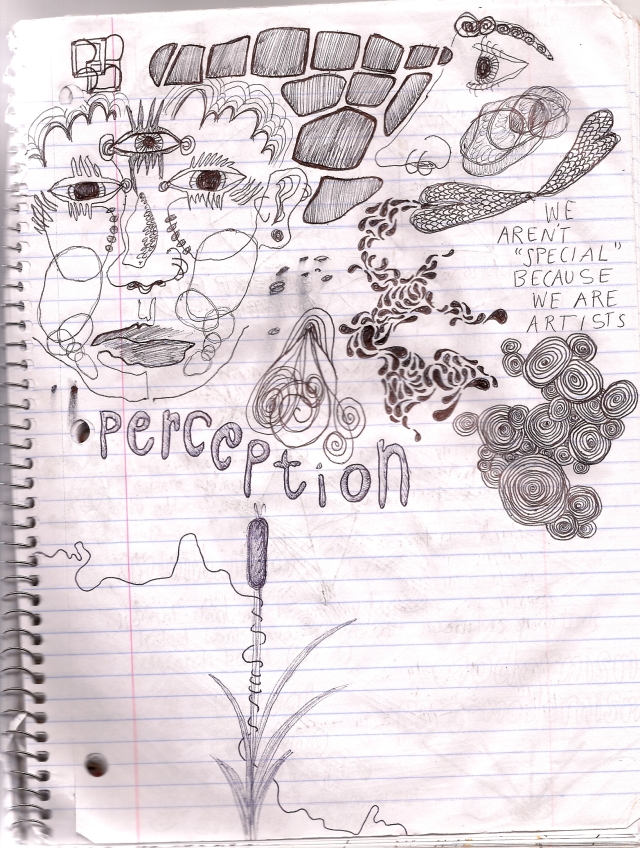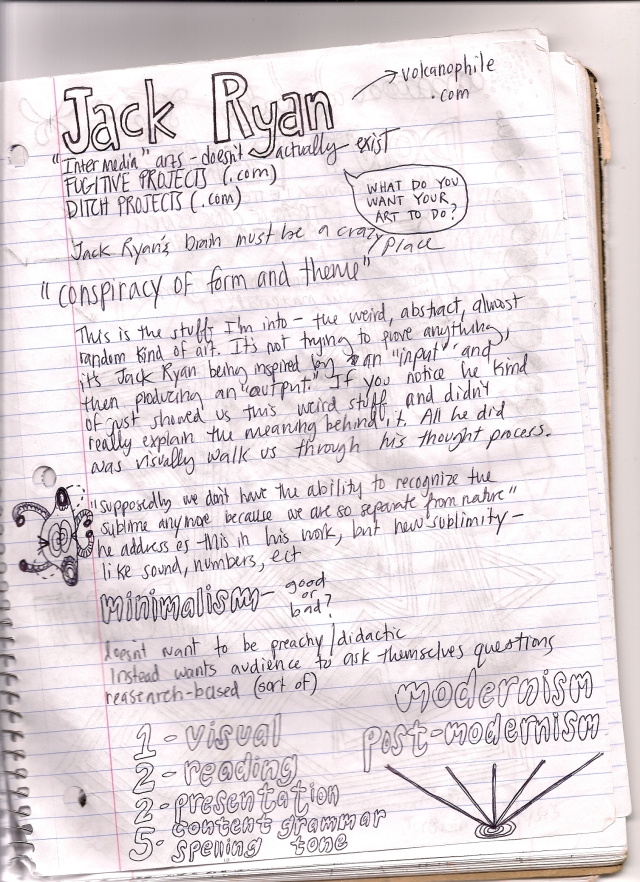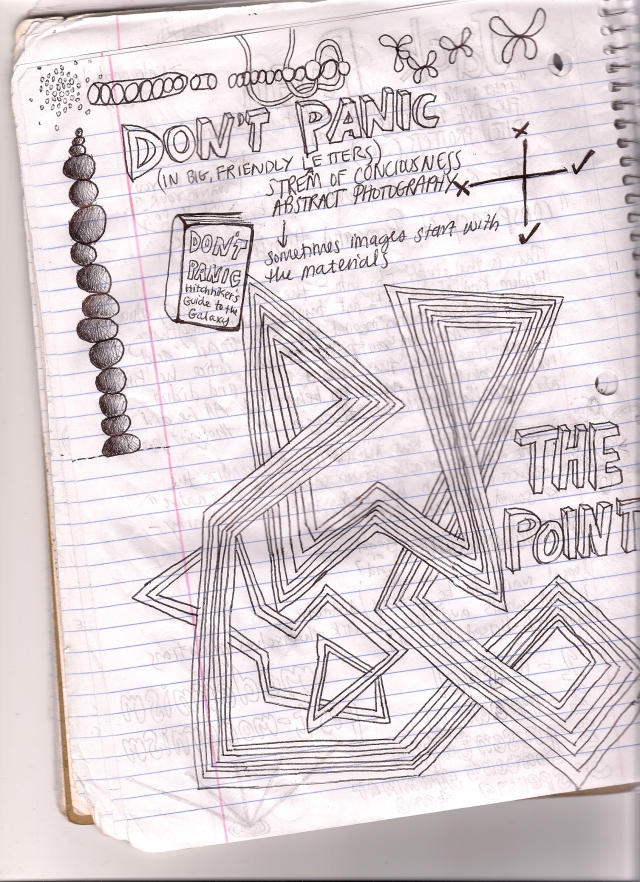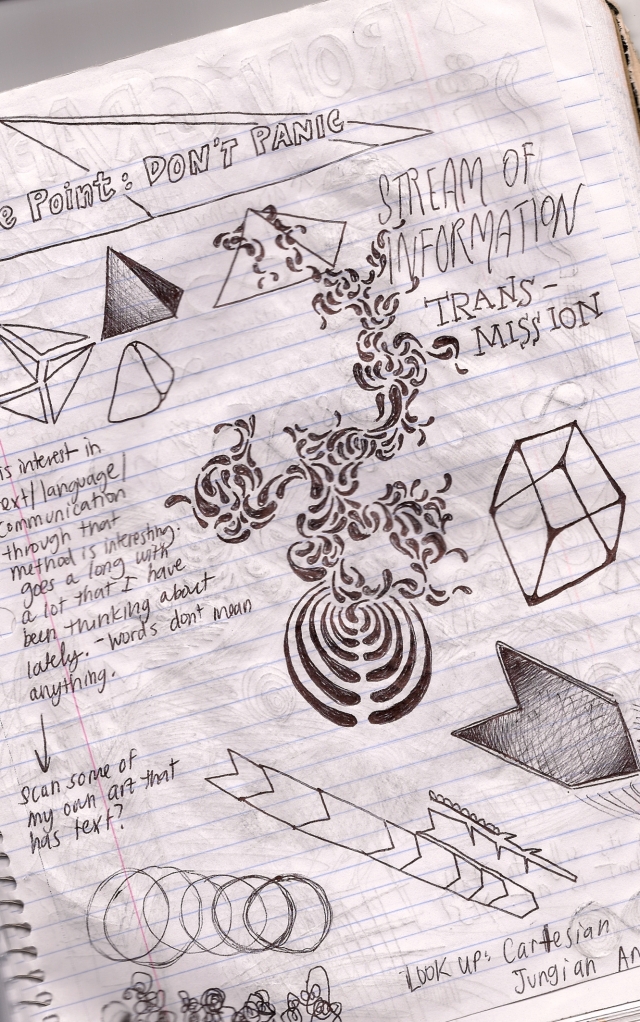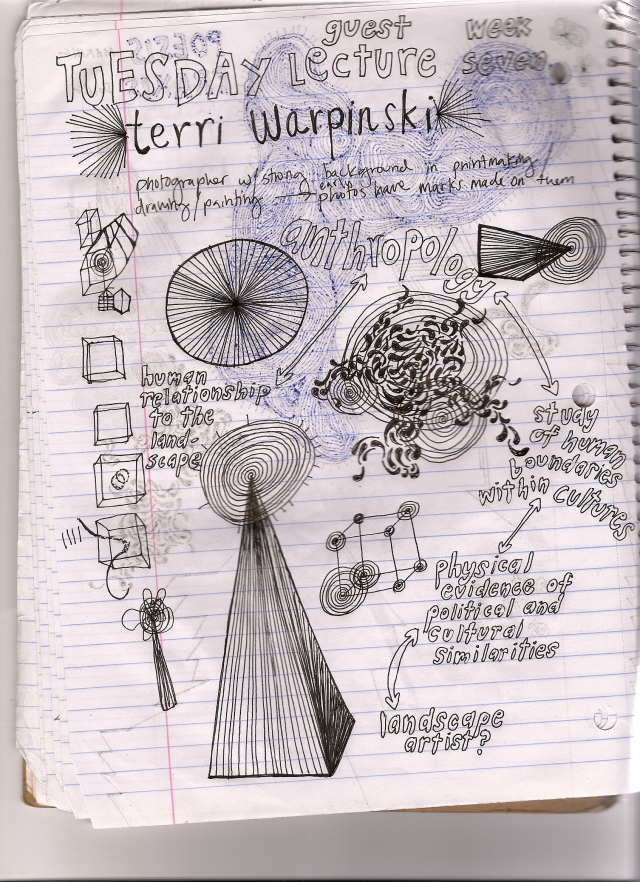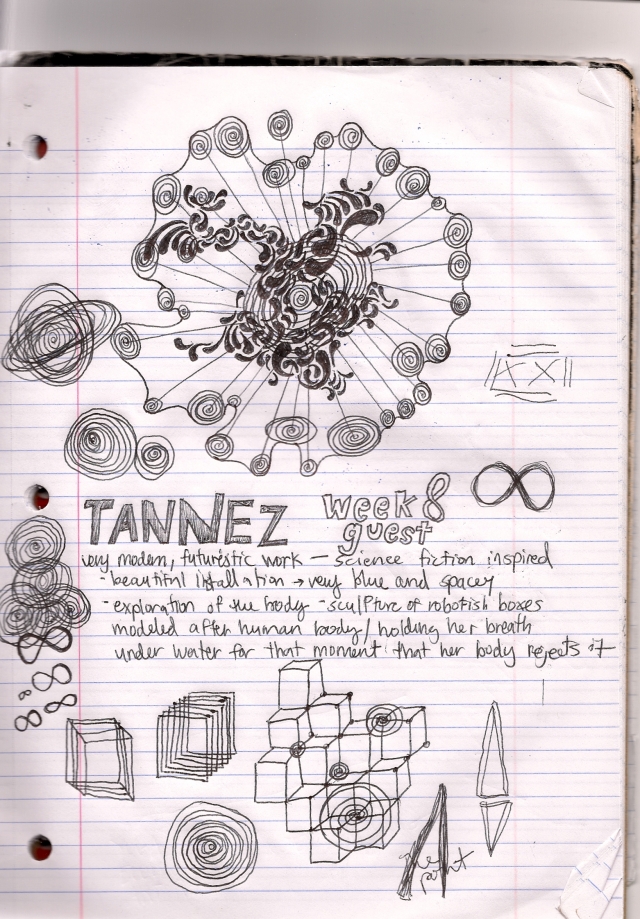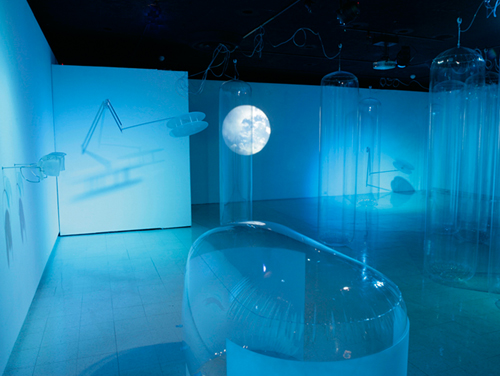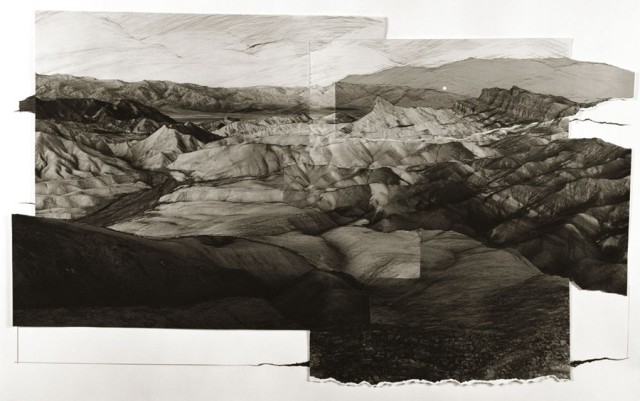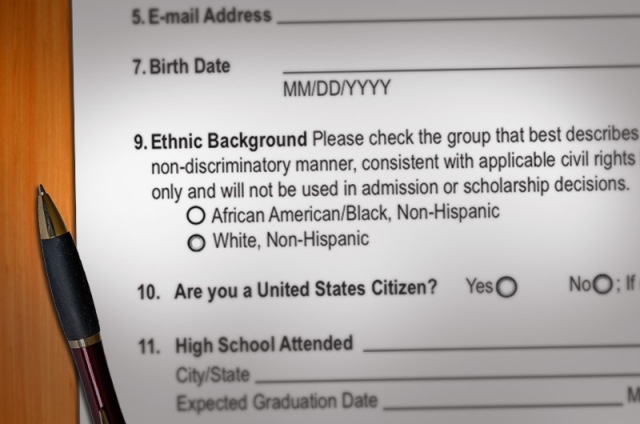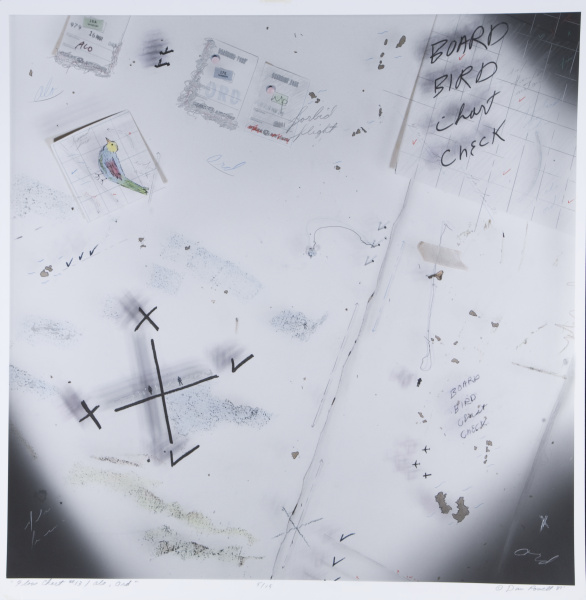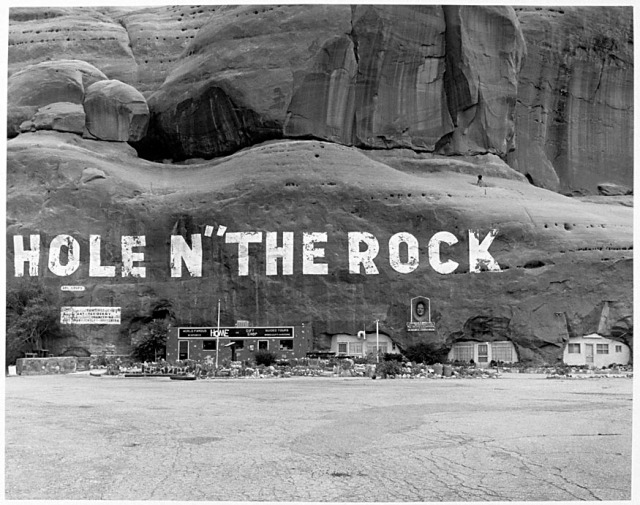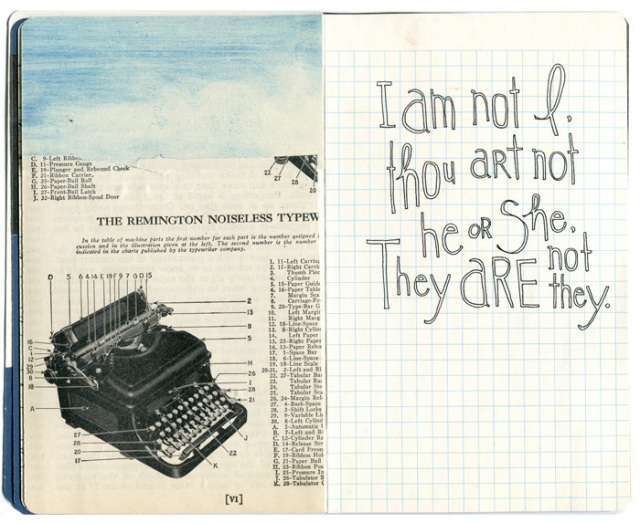The content presented to the class was a good send off. Donald Morgan was interesting, and Leo Castelli made a lot of sense. I was a bit torn by Donald Morgan. He started off the presentation with a picture by Per Kirkeby, claiming he had a big influence on him. I was expecting to get to see some abstract and colorful art full of paint with a free form style. 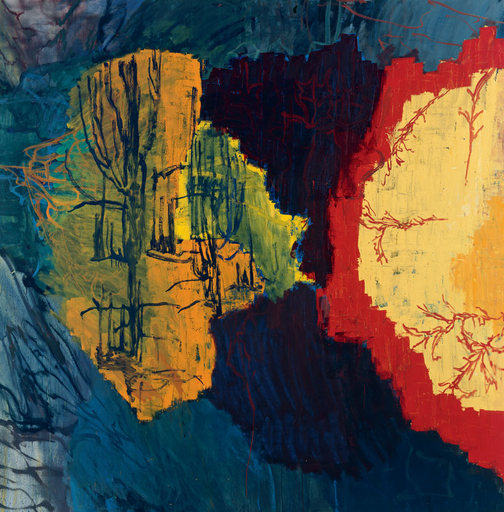
I’m a big fan of this style, so I got excited to see something like it, but instead was surprised when he showed us his work. A lot of it was very modern and sleek, while other stuff was super organic and didn’t look like it came out of a factory. Instead of talking about pieces such as “Egyptian 180” or “Black Snowflake”, I will focus on the works that i actually liked. I loved all the “Middle Nature” work and thought his process was really interesting. The idea of producing something that looks so other-worldly from the negative space of a rotting tree stump is really cool. I just felt so torn between really hating some of his work and loving other stuff. A god example of how Morgan and I don’t see eye to eye is his sketches and drawings for his larger work that he showed us. he kept saying how a lot of the sketches weren’t successful and how they were just rough drafts for the real thing. Well I happen to love all of those drawings and think they were all more successful than the final pieces. I guess that’s just me liking messy art though… who knows. I just don’t know how to feel, I like the art of his hat he doesn’t seem to focus on or like very much. Very interesting indeed.
The chapter that we read this week was the conversation with Leo Castelli. This was a good way to end the book because he is a voice that is well respected and liked by a large population. After reading about him a little I realize how important his opinion on the art world is. This is why a few things that he says during the conversation are of interest to me.
1) When asked to comment on the Whitney Biennial: “most of them had absolutely no aesthetic qualities- which a work of art must, after all, have. It can’t just be purely based on some kind of idea that the artist may have about the present times and world.” This statement seems very bold. I personally hold this to be true for myself, but saying that about all art in general seems a bit judgmental. It’s a tough call on my part because I agree to an extent, but who am I (one person) to decide what art is? Here is my thought process: I agree because if I was just commenting on the state of affairs of the world without any aesthetic aspects taken into account I would just call myself a writer. But aren’t writers artists too? I disagree because it’s not fair for me to categorize anything with so narrow a view. If they want to be artists, and they are calling themselves that, then they are. Easy peasy.
2) Castelli’s comments on the idea that there are no more “geniuses” in the art world. He seems to have the same problem in the quote above, a narrow and judgmental point of view. Sure there are geniuses out there, they may just not be the same as the ones from the 60’s Leo. How can we even start to define what a “genius” is? It’s all relative, geeeez.
Overall, to sum up – interesting stuff this week, interesting class. The only problem I have with both, is the lack of perspective that people in the art world seem to have. Why must we argue about what is good and bad when anything can be seen as either from another point of view?
Special thanks this term to: http://www.booooooom.com/

